
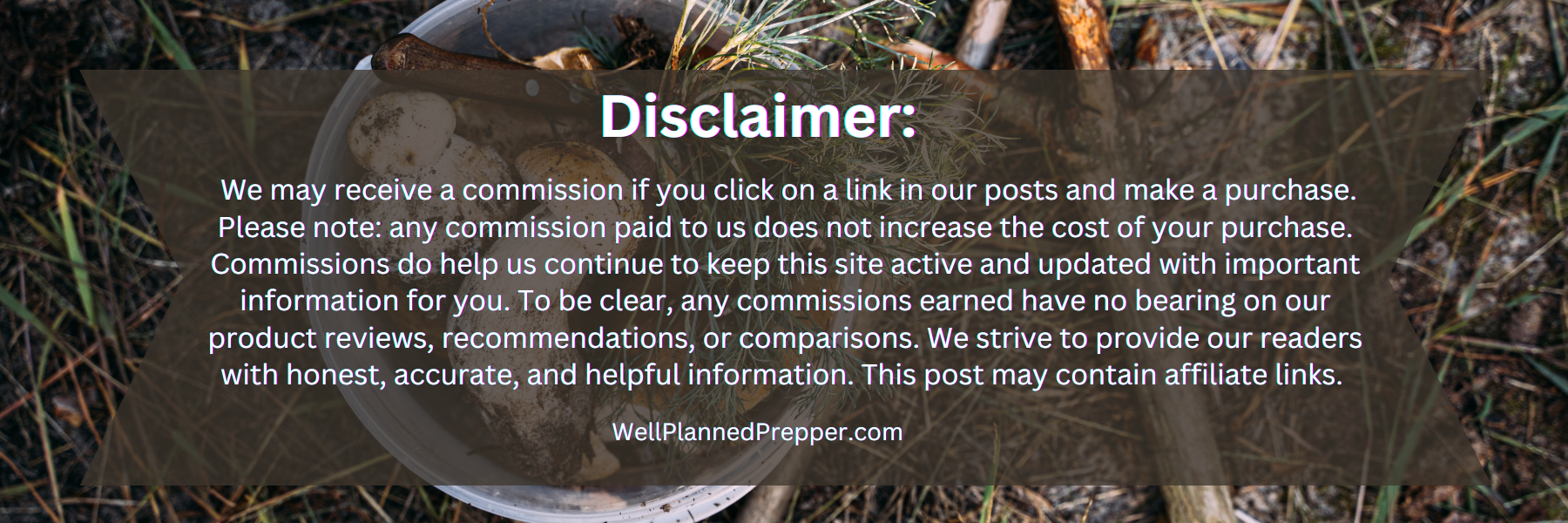
Which Post-Apocalyptic Community Is Right for You?
In the days following a catastrophic disaster, survivors will start to form what would be termed as post-apocalyptic communities. If you are unprepared or all of your prepping measures were destroyed, the likelihood of going it alone could be extremely difficult. Long-term survival may require you to join a community. So, which post-apocalyptic community is right for you? There isn’t a one-size-fits-all answer, but this article will explore the different community types and common expectations of each.
Common Concerns Regarding Post-Apocalyptic Communities
Concerns often exist when it comes to joining a community. Are the community members people that you would want to associate with? Will the values of the community align with yours? Will there be a chance that these individuals might turn on you? Are you free to leave without repercussion if you feel like the community just isn’t right for you? Will community members force you to do something that you don’t want to do, or something that could put your life at risk? Are your children going to be happy in this community? How will this community operate? Will you live up to the community’s expectations?
These are all valid questions and concerns. Of course, the best way to make sure you know what type of community you will be dealing with before a catastrophic event occurs is to plan ahead. Start networking with other people who are interested in being part of a community in the event that the unthinkable occurs.
Why You May Need A Post-Apocalyptic Community
The fact of the matter is that long-term survival is easier WITH a community. It’s much harder for a small family or individual to complete the multiple tasks necessary for survival. For instance, consider the manpower needed for farming, producing clean water, meeting sanitation needs, and improving buildings and medical interventions. All of this is easier and more available in a larger community. Why? It’s simple.
Larger communities have more people working towards achieving common goals. Infrastructure is completed faster. Food is grown and gathered on a larger scale. More people equal more progress. Small families or single individuals simply do not have the manpower to achieve this. Not only that, but larger communities have more people readily available to defend the community. This decreases the chances of it becoming a target for raider-style groups to take advantage of.
How do I Know the Type of Community Before I join?
There will be many different types of communities that form after a disastrous event renders life as we know it null and void. However, it may be difficult to know what type of community you’re dealing with. That is, unless you watch and wait or join a planned community prior to an apocalyptic event actually occurring.
It’s also important to note that the type of community can be a blend of types. Communities also can and do evolve over time. The threats faced, beliefs and values of the members, and the resources available will often determine the type of community. Let’s review the main community types. This will help you better determine which type of community you may best fit with and what to look for. Of course, those communities are also going to want to know what valuable skills you possess.
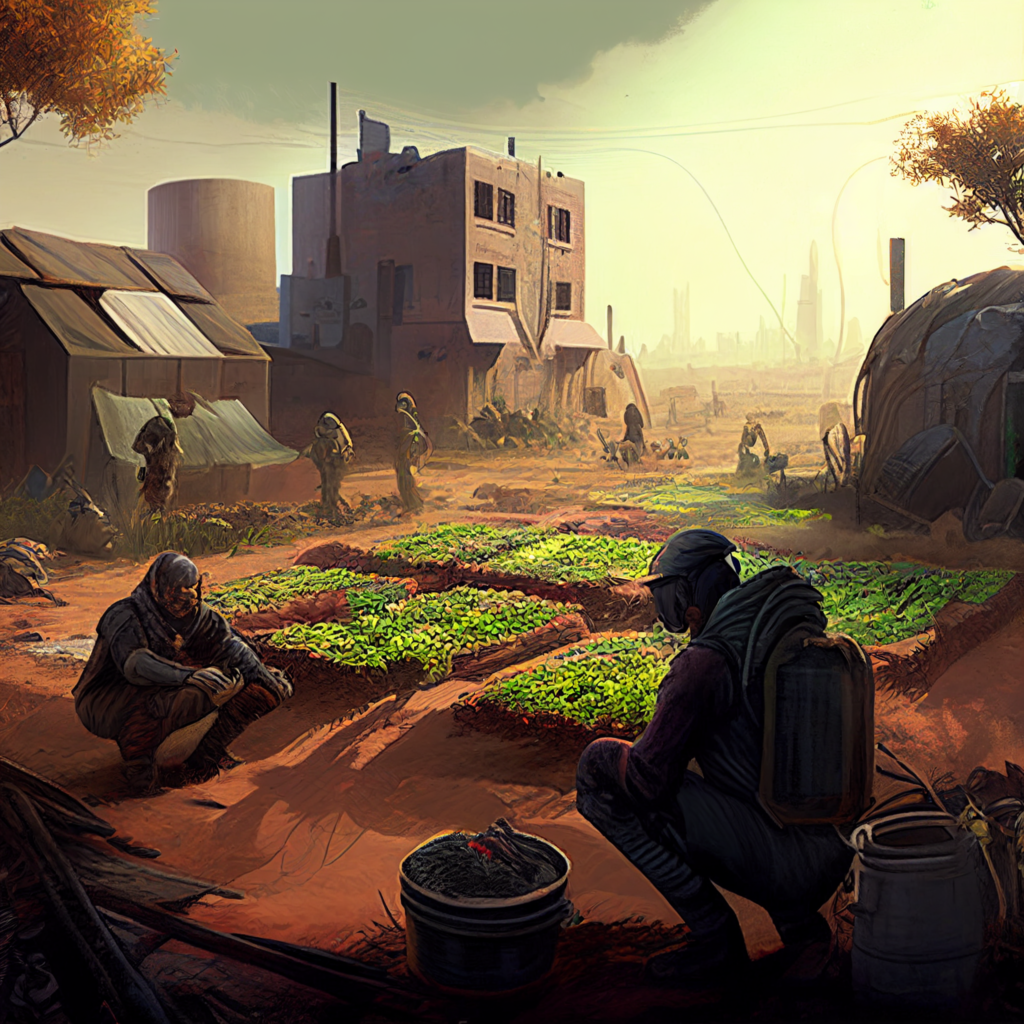
Types of Post-Apocalyptic Communities
- Isolated: This community type is smaller and often purposely hidden to avoid detection from other survivors. In addition, these communities tend to be extremely wary of any outsiders and rely on their own skills and resources. Leadership will depend upon the size of the community. In most instances, there is a single leader or 2-3 members that hold leadership roles.
- Religious: This community type is usually centered around specific religious beliefs and/or ideologies. Members tend to follow strict moral rules and codes of conduct. Most often, the community members live in a communal type of setting and work together to meet the needs of the community while practicing and adhering to their religious beliefs. There is typically one leader or high priest/priestess that other members look to for guidance.
- Nomadic: This community type is one based on travel and exploration. It is made up of members who are constantly moving from place to place as they search for resources, safety and shelter. While they may have some permanent structures, they frequently rely on tents, vehicles and other temporary shelters. There is typically a leader or group of leaders.
- Militaristic: This community type usually has one strong leader or a group of strong leaders who enforce strict rules and maintain control. Members of this community could be required to go on resource missions to acquire goods or serve the community’s defense system. This is the most rigid of the communities.
- Communal: This community type is one in which all members contribute to the community’s goals. The members of this community will share food, living space, tools, various jobs and a lot more. Community members will work closely together to maintain the community’s survival and way of life.
- Tribal: This community type shares an ethnic or cultural identity, and members rely on traditional skills and knowledge to survive. The members may choose to work together in order to gather food, build shelters, or hunt. There is a very strong sense of belonging in this community type. A tribal chief, elder or group of elders is the common leadership.
- Blended Communities: This community type possesses aspects of two or more of the above. While there will be groups with single leaders, it is much more common for the blended community to have a council or committee. Members are often made up of a variety of individuals and families. There is typically a strong focus on safety and defense, farming and animal husbandry, and building and growth.
What Expectations Might Each Type of Post-Apocalyptic Community Have?
Each of the post-apocalyptic community types listed above is going to have certain expectations. While all of these community types will expect participation through work, only a few of these communities have strict standards. Any community that plans to be around for the long term will also expect its members to follow clear rules and guidelines. Let’s take a closer look at the group types and perceived expectations.
Isolated communities will generally have strict rules regarding leaving and entering the premises, and most strictly forbid members to share the community location with outsiders. These also tend to be smaller communities, so members will be expected to juggle multiple jobs to help provide for the welfare of the community.
Religious communities will expect members to worship and share in their beliefs. In a post-apocalyptic situation, this community type may live by very different rules. For instance, cursing, violence, nudity, lewd behavior, and other unfavorable behaviors may be strictly prohibited and cause for punishment. Depending upon the religion, there may be different sets of rules for women and men.
Nomadic communities will expect you to be okay with constantly moving from place to place, with no real feeling of safety or security. In addition, there are very few rules, aside from the general idea to share whatever is found with the other members. For that reason, there is often little to carry around because most resources are depleted within minutes to hours.
Militaristic communities will expect you to adhere to stringent rules, as well as participate in various jobs and trainings. Many of these types of communities are assumed to be more violent and apt to take what they want with extreme force. While that may not necessarily be true, the capabilities are present. Subsequently, you can expect to have orders barked at you daily, and work from sunup to well past sundown. There’s little, if any, room for play.
Communal communities tend to be considered “hippies” or cults, although that’s not necessarily true. You will be expected to work and contribute, as well as share almost everything. Hiding or hording goods and being unkind to other members will not be looked upon lightly. There are often few rules, aside from kindness.
Tribal communities will expect you to be part of their tribe or culture and adhere to the tribe or culture’s rules and values. This will vary based on the tribe or culture of the community. Like many other communities, it is important to be aware of these rules and values. Those who do not adhere will have varying consequences.
Blended communities will expect you to contribute to the community as a whole. This community type often assigns members a specific job or jobs and members are expected to complete the tasks assigned. Similar to other group types, the members will live by a predefined set of rules and values. In addition, this group is likely to be welcoming of different religions and cultures and have a system in place for dealing with individuals who break the rules.
How Can I Find a Community Before I Actually Need One?
There are many ways to locate a community. Check out online forums. Talk to your family, friends and neighbors. Chat with the parents at your kid’s school events or sports games and practices. Discuss it with your coworkers, people at church, the folks at the grocery store, your nurses and doctors. You can also check out sites like Meetup and search for active groups of like-minded people near you.
My sister has actually been invited into two separate communities. One from a co-worker, and the other from a woman she met at the beauty shop. Yes, women at the beauty shop were talking about doomsday prepping! (We’re not JUST pretty faces, ya know!) That said, don’t be afraid to discuss emergency preparedness or the state of the nation today out in public. You never know what your neighbors, parent groups, gym buddies, coworkers, friends and family might already be planning!
Which Post-Apocalyptic Community Would You Join?
It is nice to think that we can achieve complete independence and survive happily ever after on our own. Of course, you can absolutely go that route. Many individuals are fully capable of survival without the help of others. In fact, many may have to go that route for a long period of time before encountering a community that they can see themselves becoming a part of. However, in the event that you are unprepared, or all of your prepping measures have somehow been lost or destroyed, you may need a post-apocalyptic community to survive. Hopefully, the information above has helped to give you an idea of what types of communities might best fit you.
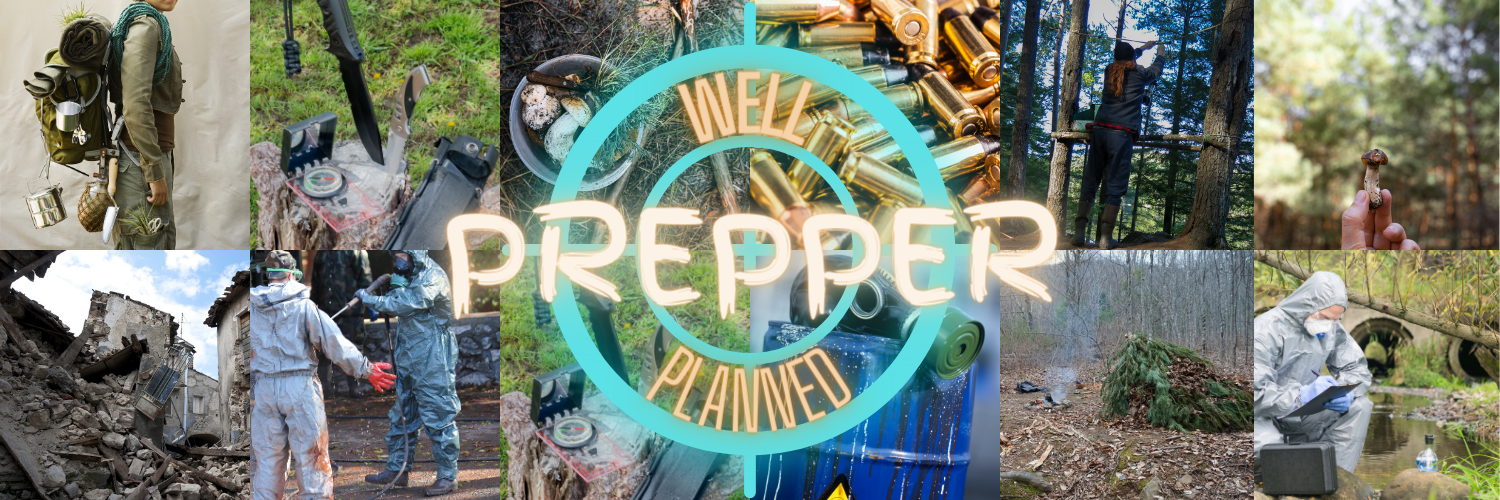

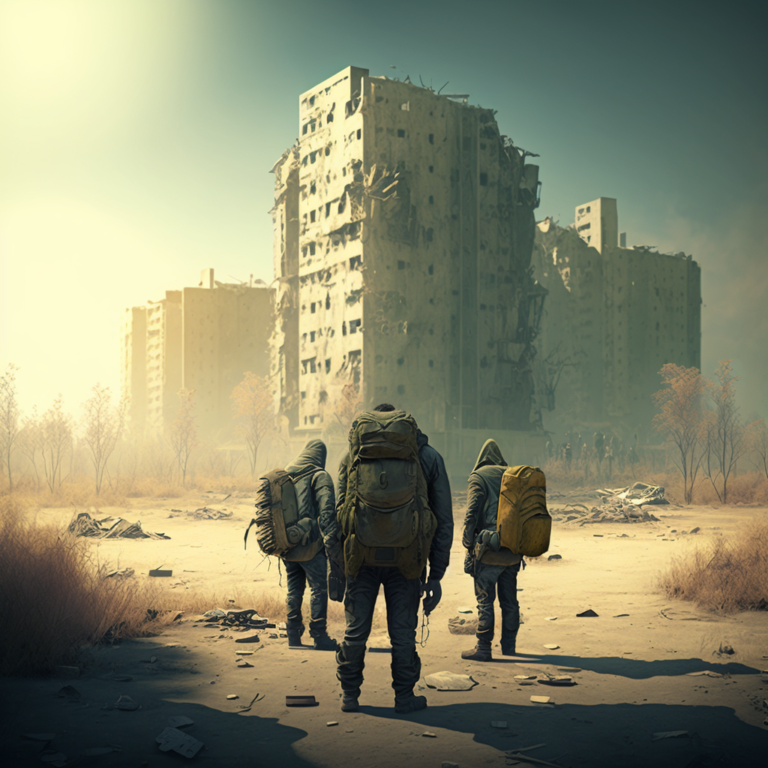
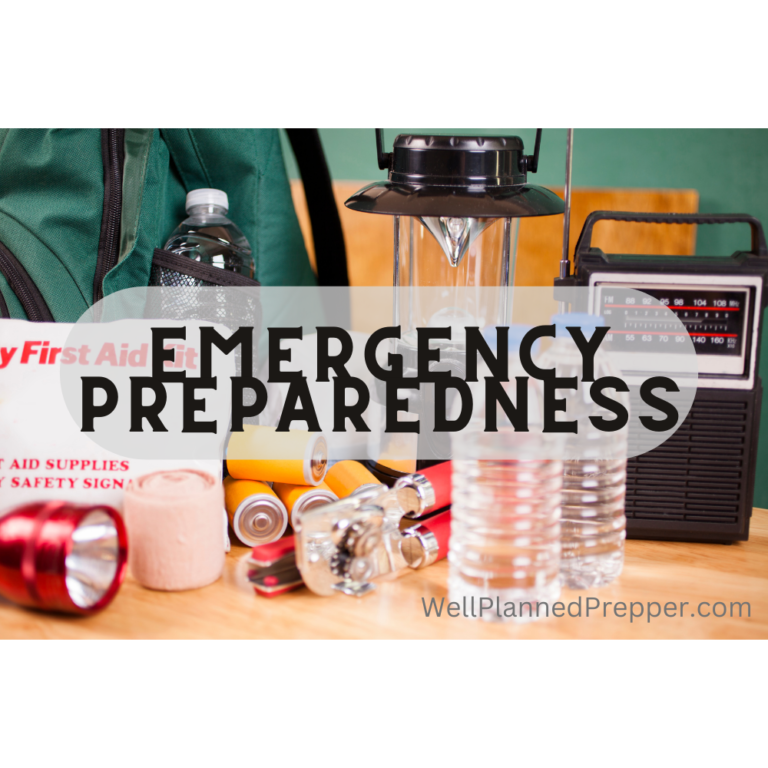


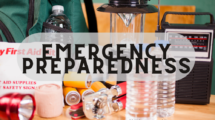


1 comment